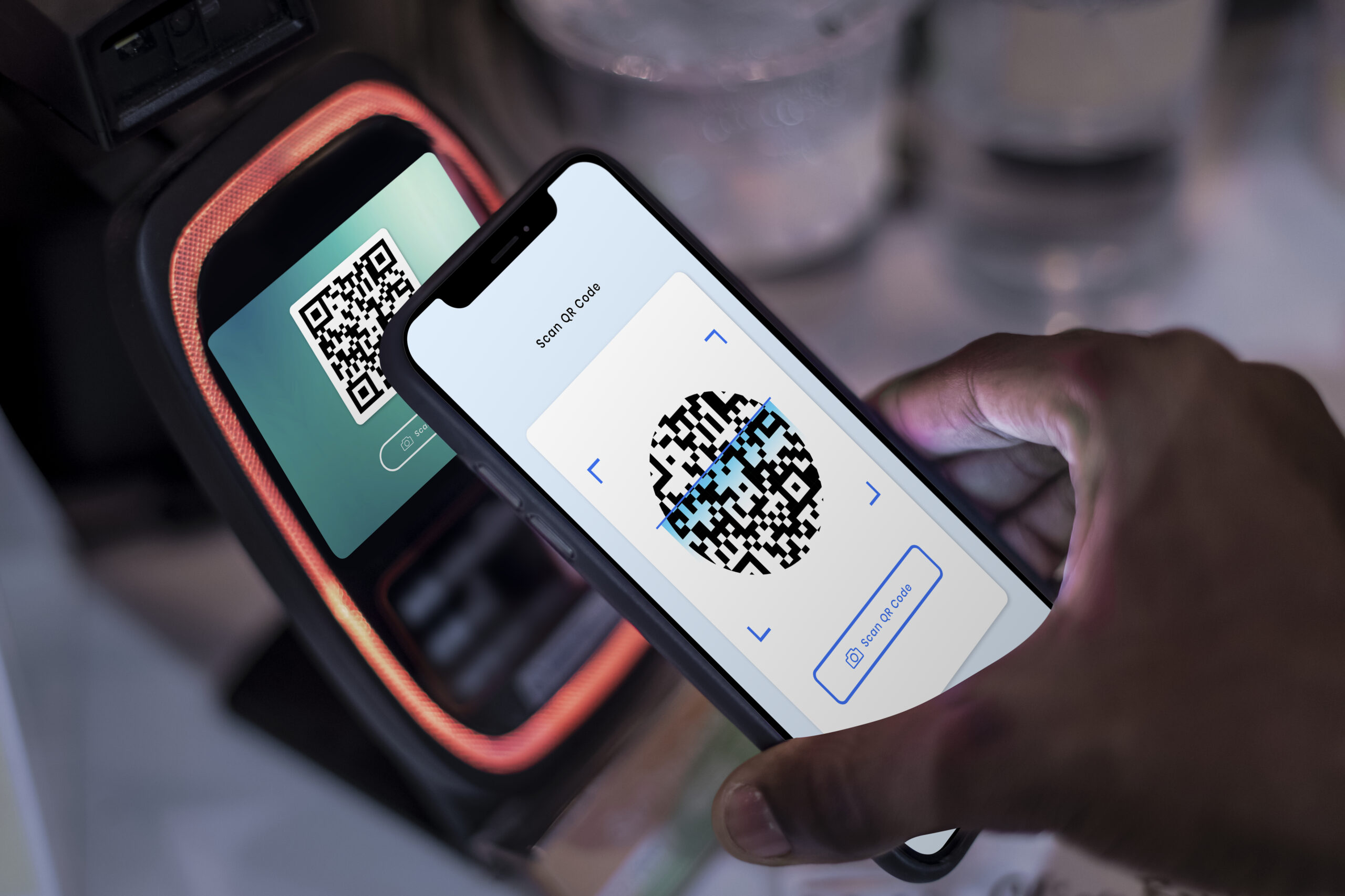In today’s digital age, where convenience and speed reign supreme, secure digital communication has become an integral part of our lives. Whether it’s online shopping, transferring funds, or even accessing subscription-based services, we rely on digital transactions for a myriad of daily activities but with the convenience of digital payments, constant threats of cyberattacks and data breaches occur. To mitigate these risks, the concept of tokenization has emerged as a powerful tool to ensure secure digital transactions.
Tokenization is the process of replacing sensitive data, such as credit card numbers or bank account information, with a unique identifier or “token.” These tokens are basically random strings of characters that have no identifier and are not related to the original data. Tokenization plays an important role in increasing the security of digital transactions in several ways.
First, tokenization protects sensitive information. When a user initiates a digital transaction, their payment information is exchanged with the token. This token is then used to process the transaction, replacing actual credit card or bank account information. Even if the hacker manages to crack the token, it’s useless without the associated encryption key, and it’s virtually impossible for the tokenized data to be misused.
Additionally, tokenization reduces the risk of a data breach. Unlike sensitive data stored on servers, tokens are usually stored in highly secure environments. This means that even if a company’s database is compromised, a hacker can only obtain useless tokens, not valuable financial information. Companies can also take advantage of tokenization-as-a-service (TaaS) offerings, further enhancing the security of tokenized data.
Tokenization provides flexibility and convenience. Because tokens are unique on a case-by-case basis, they can easily be manipulated and canceled as needed. For example, if a customer’s credit card is lost or stolen, the token associated with that card can be deactivated, rendering it useless in other transactions This eliminates the need to update payment information on online accounts, making the process easier for consumers and businesses.
Additionally, tokenization ensures trust and compliance with industry standards. As data breaches become more common, consumers are becoming more cautious about sharing their sensitive information. The use of tokenization enables companies to assure their customers that their data is secure, helping to build trust and integrity. In addition, tokenization is often mandated by industry standards and regulations, such as the Payment Card Industry Data Security Standard (PCI DSS), which requires cardholder data to be protected through tokenization
One of the main applications of tokenization in digital transactions is in mobile payment systems. Services like Apple Pay, Google Pay, and Samsung Pay use tokenization to increase the security of transactions. When a user adds their credit card to one of these services, the actual card number is never stored on the device or transmitted in a transaction. Instead, they create a token, ensuring that the user’s financial information remains secure even if the device is compromised.
In conclusion, tokenization is key to secure digital transactions in today’s connected world. It protects sensitive data, reduces the risk of a data breach, provides flexibility, and increases reliability and compliance with industry standards. As technology advances and digital transactions become more widespread, the role of tokenization in protecting our financial information will become increasingly important. Businesses and consumers need to embrace tokenization as a powerful tool to ensure secure and seamless digital transactions.


